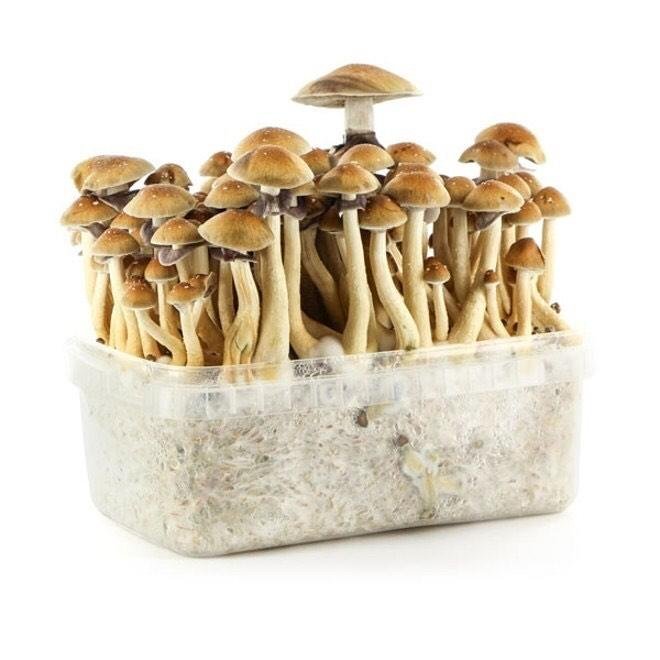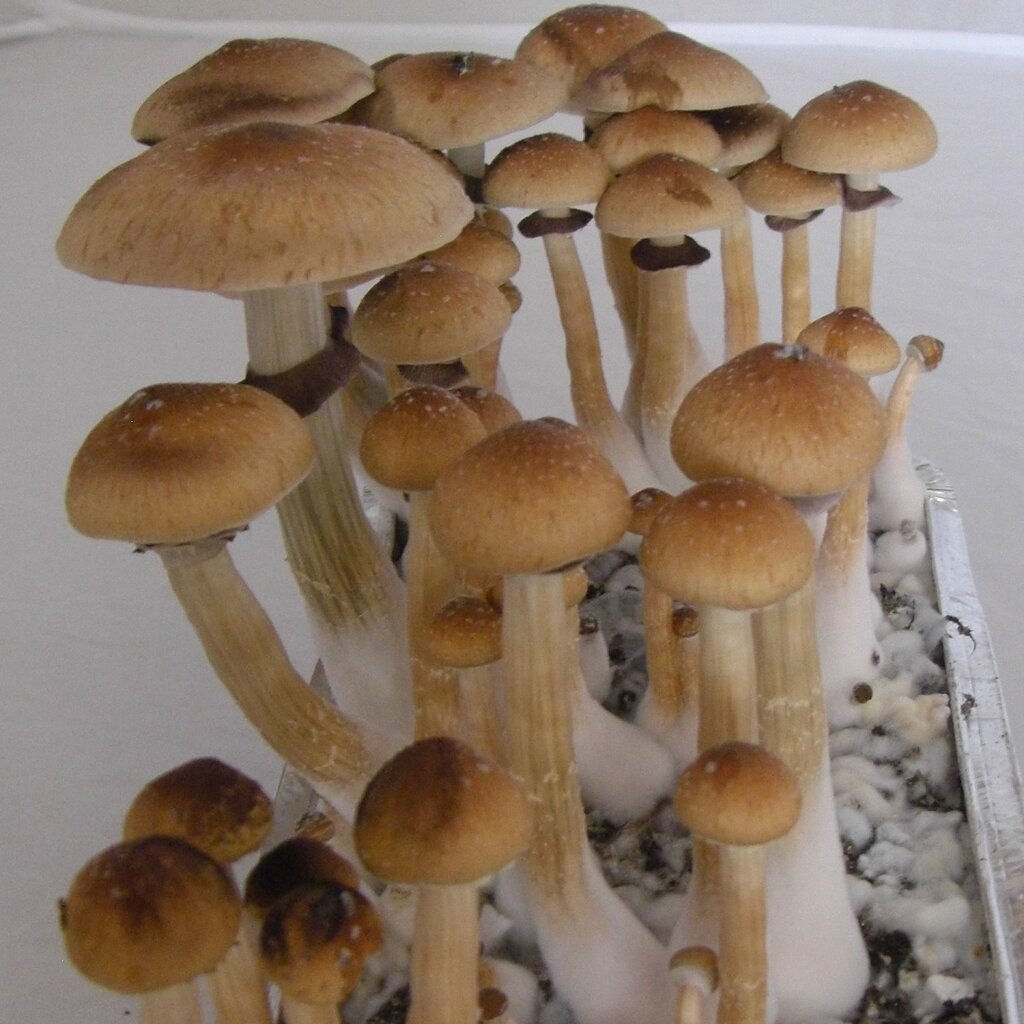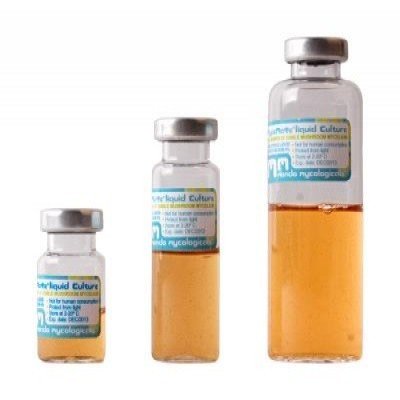Mushroom Grow kits
$34.00
Fresh Mushroom Grow Kits: The Complete Guide
If you love the earthy, savory flavor of fresh mushrooms, then you’ll love the convenience and simplicity of growing your own at home with a mushroom grow kit. In this guide, we’ll cover everything you need to know about choosing, setting up, and maintaining your grow kit, as well as some tips and tricks for getting the most out of your homegrown mushrooms.
What are Fresh Mushroom Grow Kits?
Guarantee Safe Checkout
Description
Description
Fresh Mushroom Grow Kits: The Complete Guide
If you love the earthy, savory flavor of fresh mushrooms, then you’ll love the convenience and simplicity of growing your own at home with a mushroom grow kit. In this guide, we’ll cover everything you need to know about choosing, setting up, and maintaining your grow kit, as well as some tips and tricks for getting the most out of your homegrown mushrooms.
What are Fresh Mushroom Grow Kits?
A mushroom grow kit is a pre-packaged set of materials and instructions for growing mushrooms at home. Most kits come with a substrate (the material that the mushrooms will grow in), spores or spawn (the seeds of the mushroom), and a container to hold it all. Some kits may also include extras like a humidity tent or additional supplies for maintaining the growing environment.
There are many different types of mushroom grow kits available, each tailored to a specific type of mushroom. Some popular options include shiitake, oyster, and lion’s mane mushrooms. No matter which type you choose, the basic process for growing mushrooms with a grow kit is the same.
Choosing a Fresh Mushroom Grow Kitshttps://shopmushroomsonline.com/product-category/magic-mushrooms/
When shopping for a mushroom grow kit, there are a few key factors to consider:
- Mushroom type: As mentioned above, different grow kits are tailored to specific types of mushrooms. Consider which type you want to grow and choose a kit accordingly.
- Difficulty level: Some kits are more complex and require more attention and care than others. If you’re a beginner, it’s a good idea to start with a kit that’s easy to use and forgiving of mistakes.
- Yield: Different kits will yield different amounts of mushrooms. Consider how much you want to grow and choose a kit accordingly.
- Quality: Look for kits that come from reputable suppliers and use high-quality materials. This will help ensure that you get the best results possible.
Setting Up Your Fresh Mushroom Grow Kits
Once you’ve chosen your grow kit, it’s time to set it up. Here’s a basic overview of the process:
- Prepare your workspace: Choose a spot in your home with good lighting and a stable temperature. Avoid direct sunlight and drafts, as both can harm your growing mushrooms.
- Follow the instructions: Each grow kit will come with its own set of instructions. Follow these carefully to set up your kit properly.
- Add water: Most kits will require you to add water to the substrate to help the mushrooms grow. Follow the instructions for how much water to add and how often to water your kit.
- Monitor the environment: Keep an eye on the temperature and humidity in your grow kit’s environment. Most mushrooms prefer a temperature between 60-70°F and a humidity level of around 80%. Use a thermometer and hygrometer to keep track of these conditions.
Maintaining Your Fresh Mushroom Grow Kits
Once your grow kit is set up and the mushrooms have started to grow, it’s important to maintain the environment to ensure the best results. Here are a few tips:
- Water regularly: As mentioned above, most kits will require regular watering. Follow the instructions for how often to water your kit and make sure to use clean, room temperature water.
- Monitor the temperature and humidity: As mentioned above, most mushrooms prefer a temperature between 60-70°F and a humidity level of around 80%. Use a thermometer and hygrometer to keep track of these conditions and make any necessary adjustments.
- Avoid contamination: Be careful not to introduce any foreign substances or contaminants into your grow kit. This can include things like dirt, bacteria, or chemicals.







